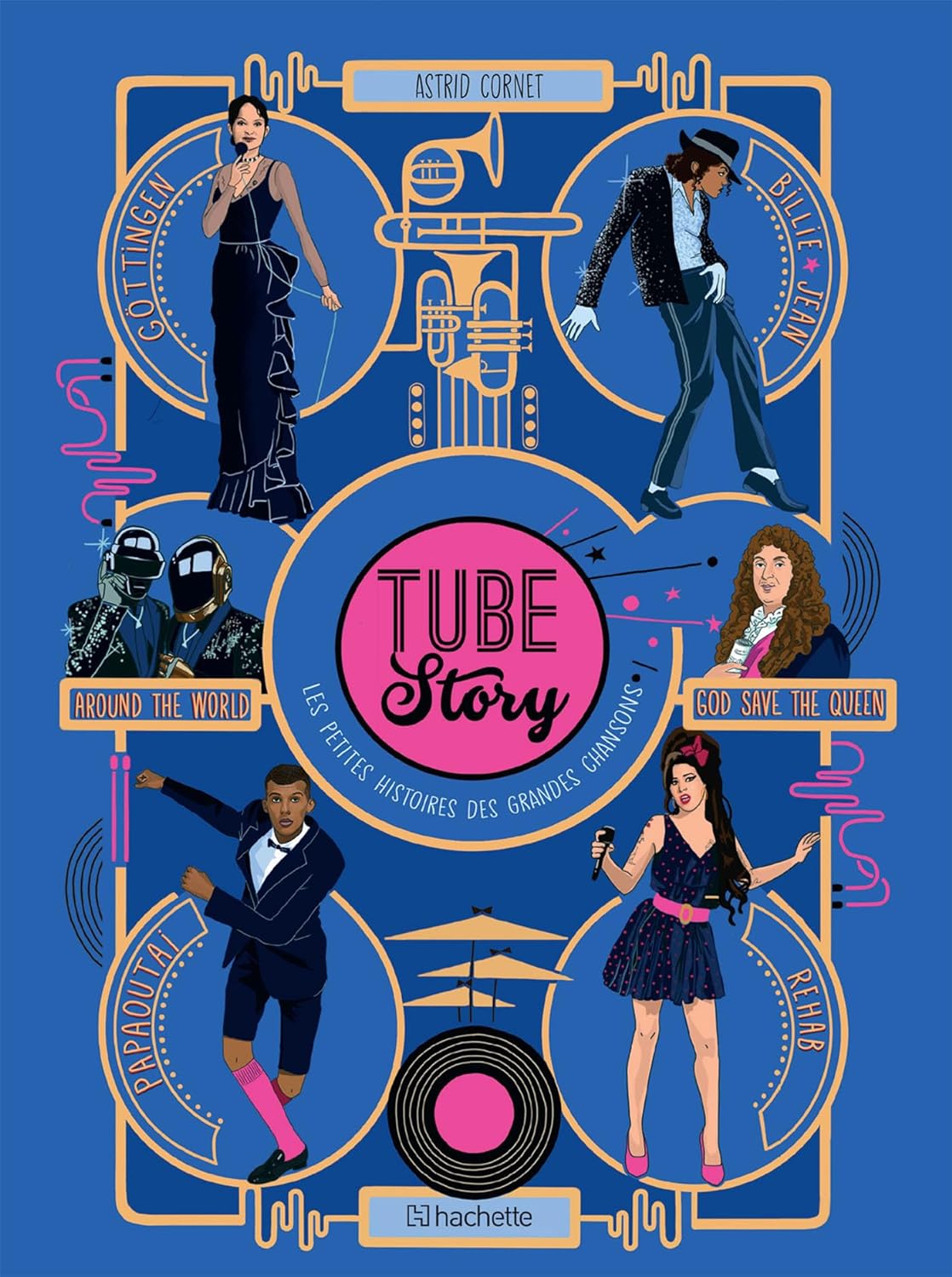Daring. This is the first word that comes to mind when thinking of David Fincher's new film. Make a Hollywood film of more than 2 hours in black and white? Shooting in 8k to finally reproduce the look of 1940 movies? Check. But Mank's most daring idea is certainly to make a film about the genesis of Citizen Kane by almost never showing its director, the legendary Orson Welles… Mank is David Fincher's first feature film since Gone Girl, 6 years of absence. Yet it is one of the oldest projects of the filmmaker: at the release of Alien 3, his father, Jack, begins to work on a first version of Mank. Father and son will work together to achieve the result that is now before us. We understand why Netflix has recovered the project: the new Fincherian opus is a reconstruction of Hollywood of the years 1930-1940 absolutely fascinating, extremely dense and rich in information. So much so that the reader is advised to learn about how Golden Age Hollywood works. Quite the opposite of a project supported by the studios, in search of guaranteed success.
Tarantino VS Fincher
This avalanche of information will be one of the reasons that will divide the public on the result of Mank. A defect (or a quality depending on the spectators) that already affected Tarantino's latest film Once Upon a Time… In Hollywood. For film lovers, the latter was a real treasure to relive a vanished era. For the general public, it is a film that is difficult to access and too long. It's all a safe bet that Mank will be greeted in a similar way. The comparison between QT's film and Fincher's doesn't end there.  Both films focus on the lives of characters navigating the shadows of Hollywood : TV series star and stuntman for one, screenwriter for the other. The means used by the two films, however, are not the same. Once Upon… is filmed in 35mm, in the manner of the era it is supposed to represent, and yet, does not deceive about its status as an object released in 2019. Conversely, Mank was designed to give the impression of attending a theatrical screening in the 1940s.
Both films focus on the lives of characters navigating the shadows of Hollywood : TV series star and stuntman for one, screenwriter for the other. The means used by the two films, however, are not the same. Once Upon… is filmed in 35mm, in the manner of the era it is supposed to represent, and yet, does not deceive about its status as an object released in 2019. Conversely, Mank was designed to give the impression of attending a theatrical screening in the 1940s.
Dive into the history of cinema
First paying tribute to the photograph of Citizen Kane cinematographer Greg Tolland, a black and white evoking both film noir and German expressionism. Fincher and his team also have fun damaging an image shot in 8K, adding cigarette burn, scratches to the image, etc. While allowing itself to compress the sound to get closer to the mono of the films of the 40s. Yet, basically, this imagery serves only one purpose: to use the history of cinema to talk about oneself.
The Dark Side of Citizen Kane
Ironic as Mank questions the film that made an entire generation want to make cinema. The generation that will theorize the famous "theory of authors". Fincher seems to be taking sides with another version of Citizen Kane's story. Not the one who names Orson Welles as the author and solely responsible for the "greatest film of all time". But rather the one that reminds us that cinema is indeed a team effort, and that a film is successful thanks to the addition of talents. In Mank, only Herman Mankiewicz is at the heart of Citizen Kane. Welles, on the other hand, seems to be waiting for the delivery of his script, going on to other projects. Wounded, the alcoholic Mank is forced to be locked in a cabin and has 60 days to write the script of the future masterpiece. Cut off from any distraction, the author, perfectly embodied by Gary Oldman, immerses himself in his memories in order to feed his plot. The opportunity for Fincher to talk about his conflictual relationship with Hollywood studios. 
Fincher VS the studios
It is enough to recall the catastrophic shooting of Alien 3, disowned by Fincher, to understand that the man does not have a cordial relationship with the majors. Mank is unlikely to calm the situation. Hollywood is portrayed as the dream factory for what it is: a factory that tries to crush anyone who tries to exceed the norm. Like this self-destructive Mank yet appreciated by Hollywood pundits, in particular, by William Randolph Hearst, one of the most famous inspirations of Citizen Kane. This relationship is the one that allows Fincher to talk about the Hollywood industry. An industry that claims to defend art for art's sake, while it only defends its economic interests, subject to invisible economic groups. If the industry has turned to the Democratic Party since the 30s, the relationship between the studios and WRH forms a kind of incestuous in-betweenness. Mank, under his wise biopic guise, is actually a subversive work towards the studios and their fear of opposing the mainstream. As soon as the script of Citizen Kane circulates, panic is caused by fear of provoking the fury of the tycoon Hearst.
Hollywood according to Fincher
However, the businessman is not portrayed with a bad eye. He is a nuanced character, with charm. A wiser version of his fictional incarnation. It is the cowardice of the actors of the golden age, using their influence to defeat the political candidate who can give hope to the people who are attacked. It is this propaganda machine that is attacked with a flamethrower by Fincher. The choice to dwell on the life of the old screenwriter, broken by the machine, but who finds hope in a project where he has carte blanche, makes sense for the filmmaker.  Mank is therefore a curious film that attacks the stature of the patron saint of authors' theory. Here, however, Fincher delivers his most personal film… The story of a man who fought all his life against the system in order to gain his artistic freedom. https://www.youtube.com/watch?v=DJ2SrTN4mzY
Mank is therefore a curious film that attacks the stature of the patron saint of authors' theory. Here, however, Fincher delivers his most personal film… The story of a man who fought all his life against the system in order to gain his artistic freedom. https://www.youtube.com/watch?v=DJ2SrTN4mzY






































